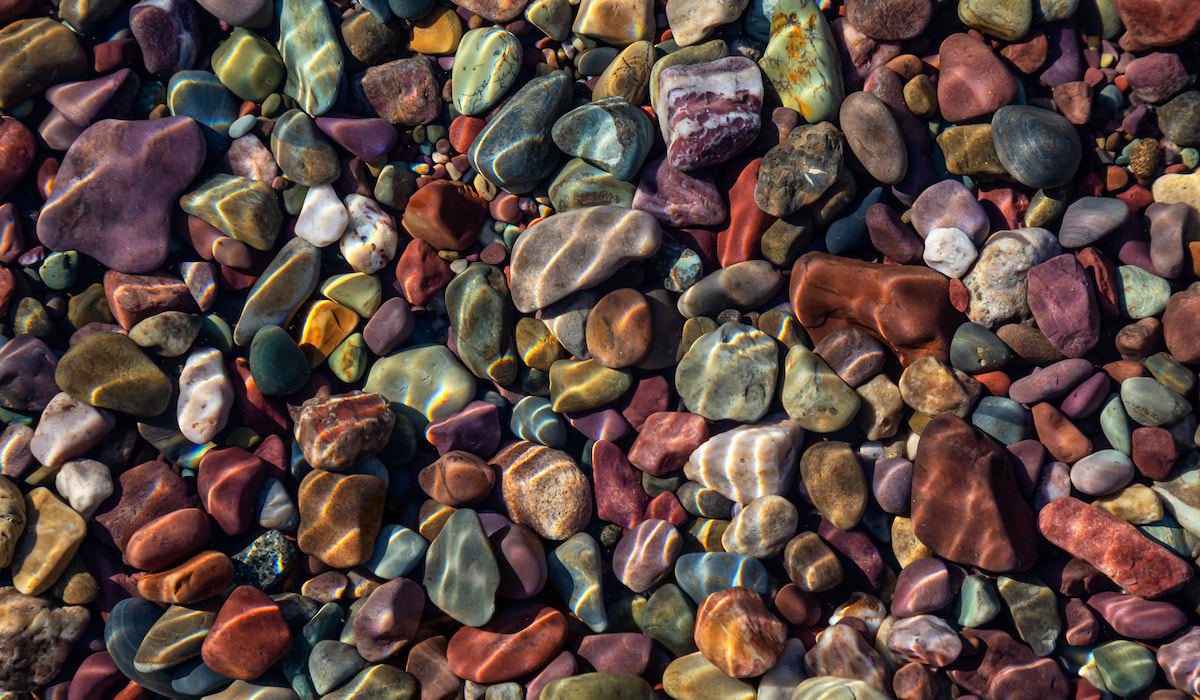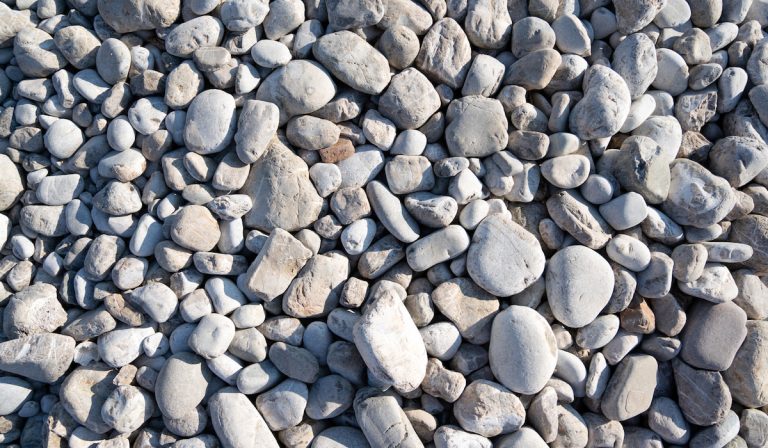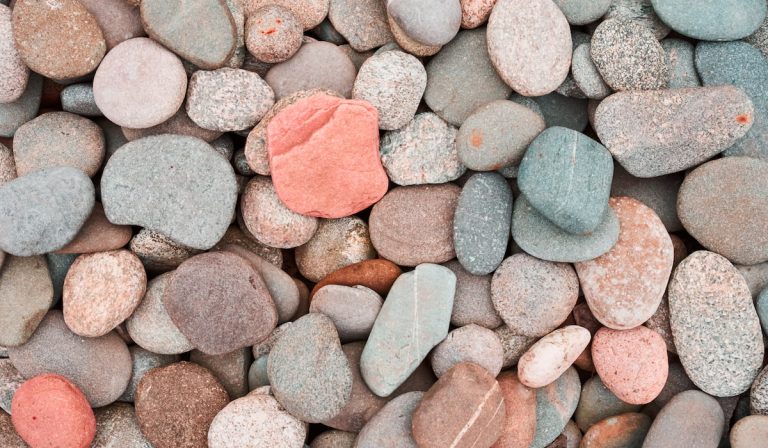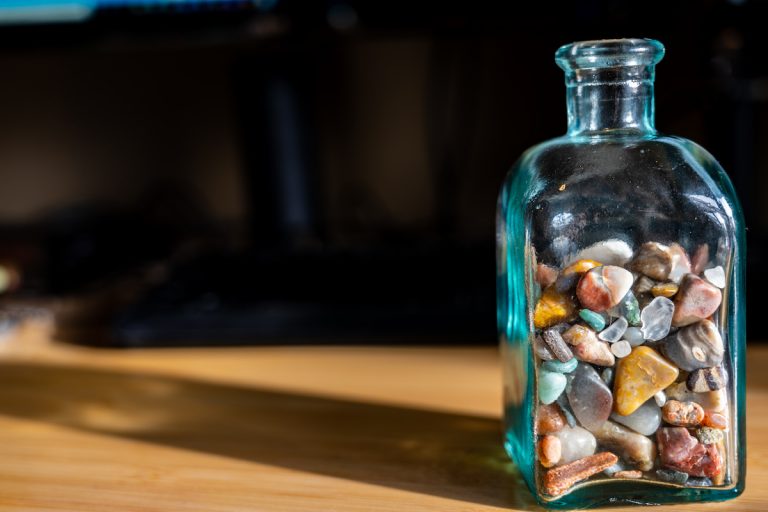Can You Reuse Rock Polishing Grit? (If Yes, How?)
Rock-hounding is a collection of activities that center on rocks and rock collectors. One common activity in rock-hounding is tumbling and polishing rocks to reveal their beautiful appearance.
Rock tumbling and polishing, however, require the use of grit that can be expensive. To save costs, some rock collectors recommend reusing polishing grit.
Can you reuse rock polishing grit?
While it is possible to reuse rock polishing grit, it is not recommended because recycled grit is usually less effective and takes a lot longer to polish rocks. You can, however, reuse the plastic filler pellets.
How can you spend less on rock polishing grit? Why does recycled grit become less effective? In this article, we will answer these questions and more.
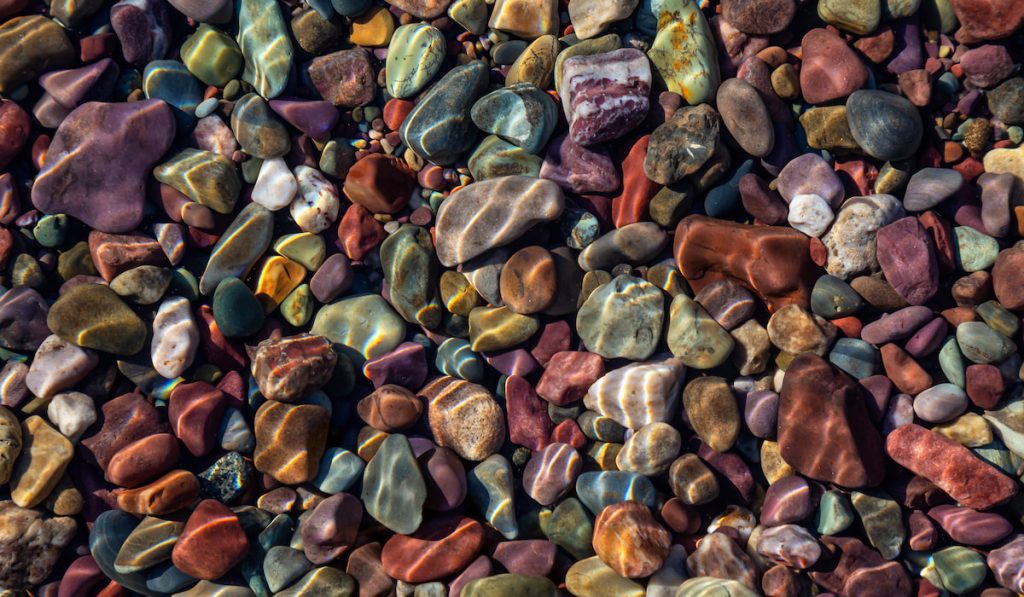
More About Rock Polishing Grit
Grit helps to polish rocks and make them rounded and feel smooth. Examples of rock tumbling grit are silicon carbide, chrome oxide, aluminum oxide, cerium oxide, and tin oxide.
These materials are effective in polishing rocks but their effectiveness will fade after use. Also, tumbling rocks mixes the grit with filled with rock particles, dirt, and other materials, making it less effective.
Let us discuss the principle behind rock tumbling to help you understand why recycled grit is always less effective.
The Principle Behind Tumbling and Polishing Rocks
Moh’s Hardness Scale is a scale of 1-10 in which materials with a higher level are harder than those with a low level. For example, diamonds are 10 while baby powder is scaled 1.
One application of this scale is that only materials with a higher level can scratch or influence other materials. This means that rocks can scratch wood because rocks have a higher level on the scale.
In the context of rock tumbling, most grit brands are made of materials that are harder than regular rocks. This means that the grit can easily scratch and polish rocks.
When you mix grit with impurities such as rock particles and dirt which have the same or lower levels as rocks, the grit cannot effectively polish the rocks.
As you can see, you may think of recycling grit, but it will only lower the quality of your polishing and extend the amount of time it takes.
Pros and Cons of Reusing Rock Polishing Grit
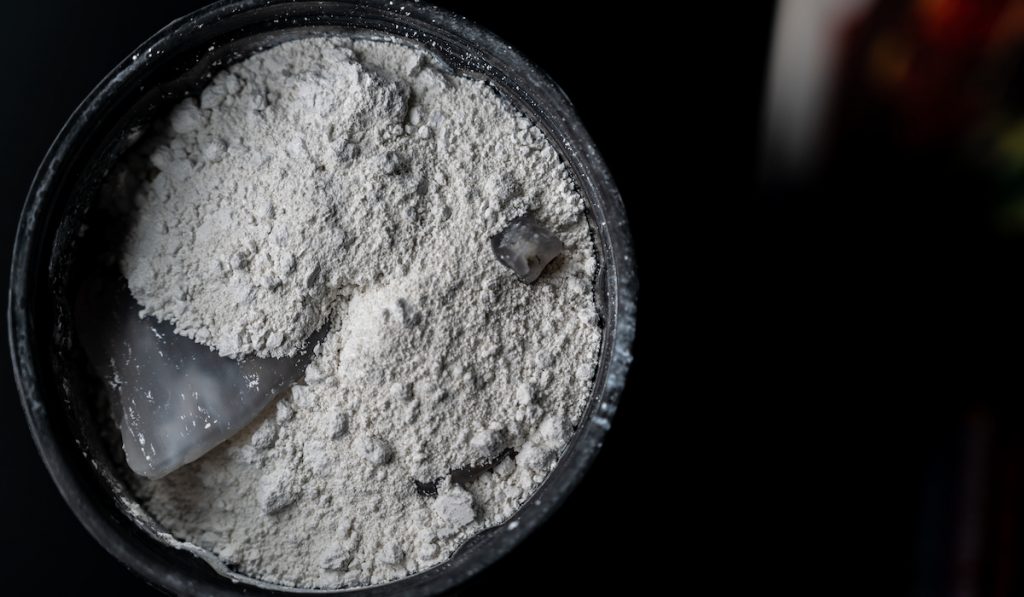
Here are some pros of reusing grit:
- Can Save Cost: If you plan the way you reuse grit, you can save cost. We will discuss how to reuse grit later in this article.
- Prevents Wastage: Disposing of grit can sometimes seem like a waste especially if it still looks usable to you.
- You Do Not Need to Go to the Store: If you can reuse old grit, you don’t need to go to the store to get more grit.
Some cons of reusing grit are:
- Recycled Grit Can Damage Your Rocks: Most rock tumbling guides will teach you how to mix grit, rock, and water for effective tumbling. These guides usually refer to new or fresh grit. Using recycled grit can give you different results from what you are expecting after following the guides.
- You Spend Twice the Electricity and Time When You Reuse Grit: Since recycled grit is less effective, you will have to spend more time and electricity to get the same result as fresh grit.
- It Simply May Not Work: When you spend twice or three times as long polishing your rocks only to find that it’s just not working, it can get really frustrating.
How to Reuse Rock Polishing Grit
Follow the steps below to reuse rock tumbling grit:
- Rinse the Slurry Off: Make sure that you have a lot of visible grit in the pile. Rinse the slurry or visible slurry off. Try to save as much grit as possible.
- Wait for the Water to Evaporate: Since water can affect the consistency of grit, you should air-dry the grit until there is no moisture left. You will add water back during polishing.
- Use One-Part Recycled Grit to Two-Part Fresh Grit: Do not use 100% recycled grit as it will be less effective. Mix it with fresh grit.
Aside from grit, you can also reuse plastic filler pellets.

How to Reuse Plastic Filler Pellets
Plastic filler pellets are used mostly in pre-polishing and polishing phases. They can be reused. Here are some tips to reuse plastic filler pellets.
- Use with the Same Size Grit: The purpose of plastic filler pellets is to prevent tumbling rocks from touching each other (as they can scratch themselves). Using different sizes of plastic pellets and grit may give you bad results when polishing rocks.
- Rinse Them: You should rinse the plastic filler pellets so that grit does not harden on them.
- Air-Dry the Pellets: Just like grit, make sure that the pellets are properly moisture-free.
- Label and Store the Pellets: Properly store the plastic pellets. You should label them so that you know that you have used them before.
How to Spend Less on Grit
Here are some cost-effective tips:
- Use Other Materials: Some cheaper materials that you can use as rock tumbling grit are crushed walnut shells, tiles, and aquarium gravel. Note that these materials are not as effective as store-bought grit.
- Buy in Bulk: Buying materials in bulk can save you a lot of money. You also don’t have to go to the store every time you want to tumble rocks.
- Use Less Expensive Grit in the First Step: The first step of rock tumbling is usually to break off the rough edges of rocks. You don’t have to use expensive grit in this step.
- Use Recycled Grit in Pre-Polishing or Polishing Phase: These phases do not need very sharp or hard grit, so you can recycle grit here.
Related Questions and Answers
1. How Do You Dispose of Tumbling Grit?

Here are some ways to properly dispose of rock tumbling grit:
- In the Yard: Used tumbling grit hardens like mud when dry. Since it is not toxic, you can dispose of it in your yard.
- In the Trash: To throw grit into a trash can, wait for it to become fairly dry. You can keep the grit in a bucket and fill up the bucket with grit first before disposing of it.
- Potholes: You can use rock tumbling grit to fill potholes in your driveway or around your property.
2. Can You Use Sand as Rock Tumbling Grit?
Remember why grit is important in rock tumbling. To scratch rocks more effectively, you need a material that is harder than rocks.
Sand is just weathered rock, so using sand as grit is less effective than using recycled grit.
3. Can You Tumble Rocks Without Grit?
You’ve probably heard the saying that iron sharpens iron. Likewise, rocks can scratch themselves but will take far too long when compared to using grit.
Tumbling rocks without grit can take from 3 months to a year to complete a cycle that should be completed in less than 2 months. You probably don’t have the time or patience for that. I know I don’t.
4. Is Tumbling Rocks the Same as Polishing Rocks?
People use “tumbling” and “polishing” interchangeably. Rock tumbling is the general term for shaping and polishing rocks. Rock polishing is a phase in rock tumbling just like the pre-polishing phase.
5. Can You Make Rock Tumbling Less Noisy?

Rock tumbling can be a noisy activity. Fortunately, here are some useful tips to help reduce the noise of tumbling rocks:
- Use a Soundproof Box: Soundproof boxes for rock tumbling can be coolers, old refrigerators, or custom-made boxes. You can easily make one by coating a little box with insulating material and keeping the insulating material inside a larger box. These boxes can help reduce the tumbling noise by over 50%.
- Use Original Rock Tumblers: Go for reputable brands. Do not go for nameless rock tumblers as they make louder noises.
- Place the Tumbler on a Towel: Towels can help absorb some vibrations and reduce the sound a little.
- Use Rubber Barrels: Rock tumblers with barrels made of hard plastic make more noise than those made of rubber barrels. You can always replace the barrel of your rock tumbler.
- Keep the Tumbler Far from You: You can tumble your rocks in a garage, shed, basement, empty room, or anywhere far from you.
The most effective way to reduce the noise of rock tumbling is to combine two or more of the suggestions listed above.
Final Thoughts
Deciding to reuse rock polishing or tumbling grit is totally up to you. Consider the pros and cons listed in this article.
If you still feel like reusing rock polishing grit, use the guide in this article. I hope they help you polish beautiful rocks for you to use.

